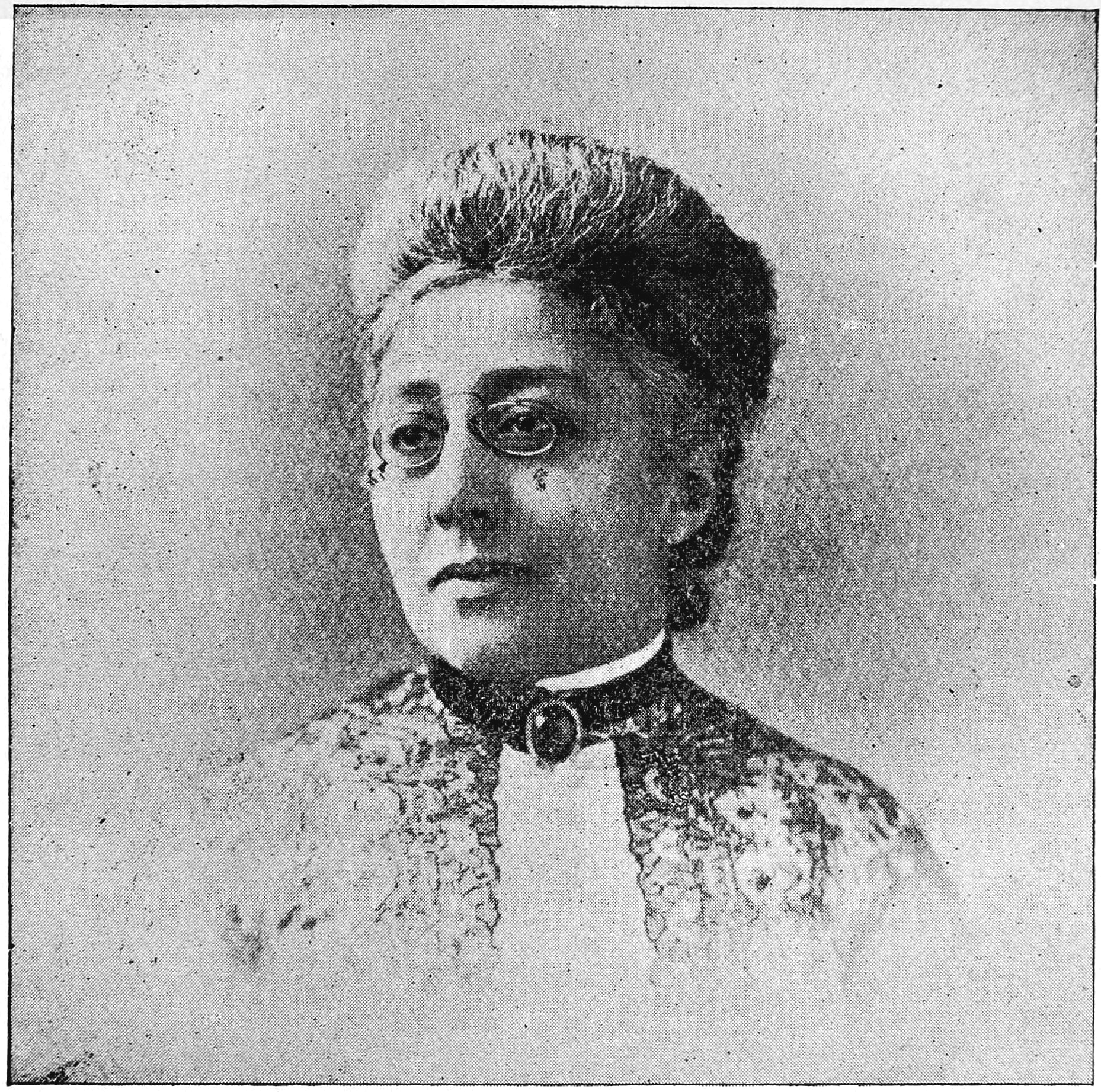(Akiit.com) As we celebrate Women’s History Month we will focus on women of African descent who may not be well known but who nevertheless positively impacted their communities, the nation and the larger society. Today we are going to share the life story of Josephine St. Pierre Ruffin an activist, journalist and newspaper publisher in Nineteenth century USA.
Josephine St. Pierre was born in Boston Massachusetts on August 31, 1842 into one of that city’s prominent families. Her mother was an English born white woman and her father was a Black man born on the Caribbean island of Martinique who migrated to the US and was the founder of the Boston Zion Church. Her parents sent her to Salem to attend schools that allowed African Americans students.
In 1858 at the age of fifteen Josephine married George Lewis Ruffin and the couple established their home in Boston. George Lewis Ruffin was the first Black to graduate from Harvard Law School; he also served on the Boston city council, the Massachusetts legislature and as a municipal judge in Boston. The couple had five children and they were very active in the abolitionist movement.

During the War Between the States Josephine Ruffin was active in recruiting soldiers for the54th and 55th Massachusetts Infantry Regiments in the Union Army. She was engaged in charity work in Boston. Like many Northern Black activists, the Ruffins saw the Civil War as an opportunity to make ending slavery a focal point of the war.
Following her husband’s death, Mrs Ruffin remained active in social issues. “In 1879, Ruffin created the Boston Kansas Relief Association. The organization was dedicated to helping African Americans settle in Kansas. After the death of her husband in 1888, Ruffin became even more involved in social activism. She became the editor of The Woman’s Era, a newspaper devoted to the needs and concerns of African American women.” https://www.ourbiography.com/josephine-st-pierre-ruffin/
She was enthusiastically engaged in the women’s suffrage movement and was a major force in the bourgeoning women’s club movement on the local and national levels. She helped convene several national women’s conventions. “In 1894, Ruffin formed the Women’s New Era Club of Boston and served as its first president. She also brought together several African-American women’s groups for the First National Conference of Colored Women in 1895. The following year, the National Federation of Afro-American Women, the Woman’s Era Clubs of Boston and the Colored Women’s League of Washington, D.C., merged to become the National Association of Colored Women.
Ruffin was also active in the women’s suffrage and the temperance movements. She was member of the Massachusetts School Suffrage Association and the Massachusetts Moral Education Association. Through these organizations, Ruffin became acquainted with Julia Ward Howe and Lucy Stone. She may have been accepted into clubs for white women, but she still faced racial prejudice.”
“Believing that a national organization for black women was needed, she convened the first annual convention in 1895 which drew 100 women from 20 clubs across the United States. She named the organization the National Federation of Afro-Am Women, which a year later united with the Colored Women’s League to become the National Association of Colored Women. Mary Church Terrell was the organization’s president while Ruffin and several others served as vice-presidents.” Josephine St. Pierre Ruffin (1842-1924)
Ruffin stated the goal of the women’s club movement was to get African-American women engaged and into the fore of social change. “We are women, American women, as intensely interested in all that pertains to us as such as all other American women; we are not alienating or withdrawing, we are only coming to the front, willing to join any others in the same work and welcoming any others to join us.”
Mrs. Ruffin was a journalist, editor and publisher. She edited Women’s Era the first newspaper edited and published by African-American women from 1890 to 1897. She was a founding member of the Boston NAACP in 1910 and remained active in Boston social affairs for many years. She made transition on March 13, 1924.
Columnist; Junious Ricardo Stanton
Official website; https://fromtheramparts.blogspot.com/









Leave a Reply